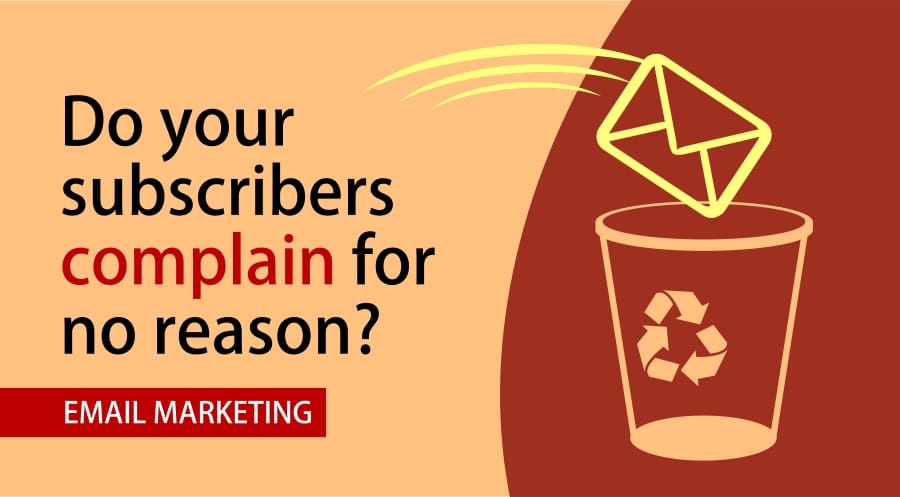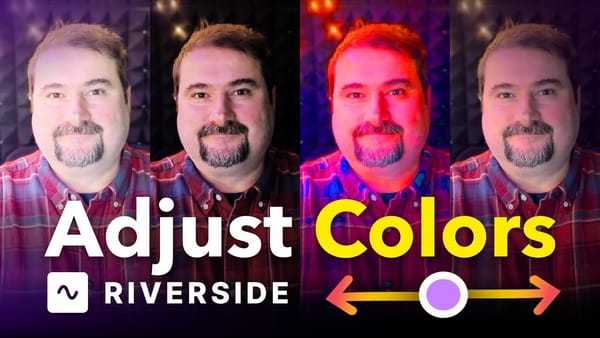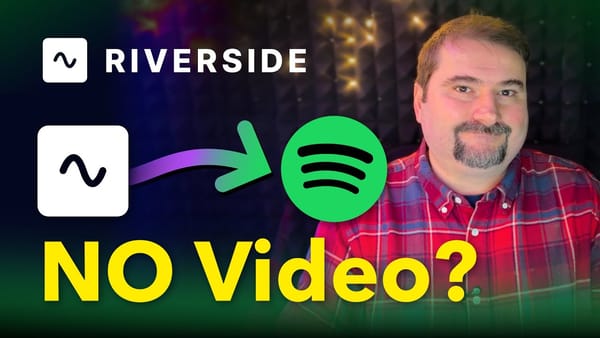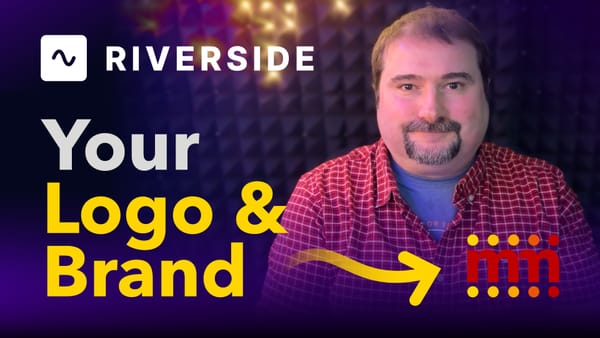Why do your email subscribers complain of spam for no apparent reason?

If you’ve been managing a mailing list for a while, you’re likely no stranger to a few spam complaints here and there from your subscribers. There’s nothing more frustrating than to put together an excellent email broadcast with interesting info, maybe a tutorial, perhaps an offer or some free downloadable content, only to see that a certain number of subscribers ‘complained’. You might even take it personally!
What does that even mean?
Usually, it means they’ve marked your email as spam/junk. But why does that happen? Why would they mark your emails as spam when everything you do is try to be helpful, provide value, inspire people and generally make the world a better place?
Without being oversensitive about it, it’s still not a good idea to bury your head in the sand either, and maybe think about some potential reasons why:
Did you send unsolicited email?
Let’s get this obvious one out of the way. I’m giving you the benefit of the doubt but if you’ve imported a mailing list you’ve acquired from ‘somewhere’, even if your email service provider’s screeners managed to miss it, you have a bad list, and it’s to be expected that subscribers would mark your emails as spam.
I’m not talking about migrating your list from one ESP to another – that’s fine, it’s still legit – but importing a list you have purchased from someone else or harvested from the internet. This is not only bad practice and will potentially get your email provider account banned but it’s also ruining your reputation and could even be downright illegal! Bottom line, do not send email to people who have not signed up to your list by themselves! They will mark them as spam in an instant!
Did you have a more extended period of email downtime?
When you have an email list, you have to keep in touch with your subscribers frequently. There are various debates as to the frequency and volume of emails, and it mostly depends on the type of business and the purpose of the list.
It is known that if you don’t email for a while and then suddenly start sending out emails again, some of your subscribers might be confused and may have even forgotten that they’ve subscribed to your list, leading them to mark it as spam.
I’ve had similar situations in the past. This can also happen if you migrate your email list from one ESP with a lower deliverability to one with a higher one: if your old ESP was somehow not delivering, even your frequent emails would have made it into spam automatically. Then, after the move, suddenly those emails ARE delivered but by this time your subscribers have forgotten about you and, guess what? They mark it as spam!
Bottom line: use an ESP with a good reputation and don’t take too long email ‘vacations’.
Did you suddenly change the topic of your emails?
It’s important to always deliver on your promises – if you’ve promised to offer ‘free tutorials on web design’ when your visitors subscribed, then that’s what you should send. Don’t trick people into signing up to your list promising one thing and then send them something completely different they did not expect. You know the phrase ‘that’s not what I signed up for!’ It’s exactly my feeling.
If you make it clear that I am signing up for ‘life improvement advice’, then that’s what I’m expecting to receive and if you start sending me links to buy, buy, buy stuff, I’ll probably feel cheated and instead of unsubscribing properly, I’ll take my revenge using the Spam button!
Keep things consistent, don’t ‘repurpose’ a list for something else and more importantly, don’t lend your list to unsavoury advertisers, even if that may make you a quick buck short term. You will lose the confidence of your subscribers, and it will hurt you much more in the future.
Is the unsubscribe link hard to find (or missing)?
If I receive an email newsletter, even if I give it the benefit of the doubt and assume that I may have subscribed to it in the past but I don’t find it useful anymore, I will try to unsubscribe. But if the unsubscribe link is nowhere to be found or it’s buried deep down, written in a minuscule font with an unreadable colour, guess what? I’ll mark it as spam! I’m sure I’m not the only one.
Any serious email service provider (such as ConvertKit, MailChimp, Aweber, etc.) will require that you include an unsubscribe link in all of your emails, so you should make sure that it’s easily found in conventional locations (usually at the bottom), and it’s clearly labelled.
Could it be some subscribers are just lazy?
Yes, it’s possible: some subscribers are just lazy – instead of scrolling down and trying to find the unsubscribe button to remove themselves properly from your list, they will mark it as spam and be done with it! Email providers (Gmail, Outlook, etc.) will do their job and move that message to spam; problem solved for the subscriber!
Little do they know that by doing this, they are hurting you.
Here’s what happens when someone marks an email as spam:
All these things considered, you can see that if people are lazy and mark your emails as spam just to get off your list, they are not only damaging your reputation but also make it harder for your subscribers who DO want to get your messages to receive them.
People who don’t manage mailing lists do not usually grasp that this apparently harmless gesture damages your deliverability.
If you notice this to be the case, you can try to provide very clear instructions on how to * correctly* unsubscribe from your emails, what link to click and so on, maybe even include a quick ‘unsubscribe’ note at the top of your emails, in simple language, before you get into the main content of the email.
I know, nobody wants to lose subscribers, but if those subscribers are no longer interested in receiving your emails, it’s better to part ways before they can spoil it for the rest of your list.
Conclusion
Whatever the reasons for subscribers complaining about your emails, it’s up to you to keep things as clean and proper as possible: don’t send unsolicited email, don’t use purchased lists, keep your emails regular and make sure to advise your subscribers how they can unsubscribe should they no longer want to receive your emails.





